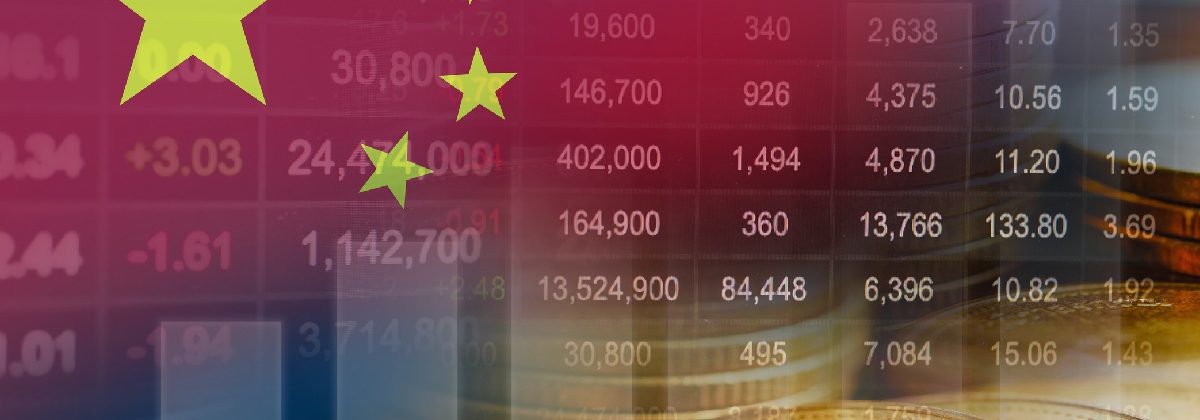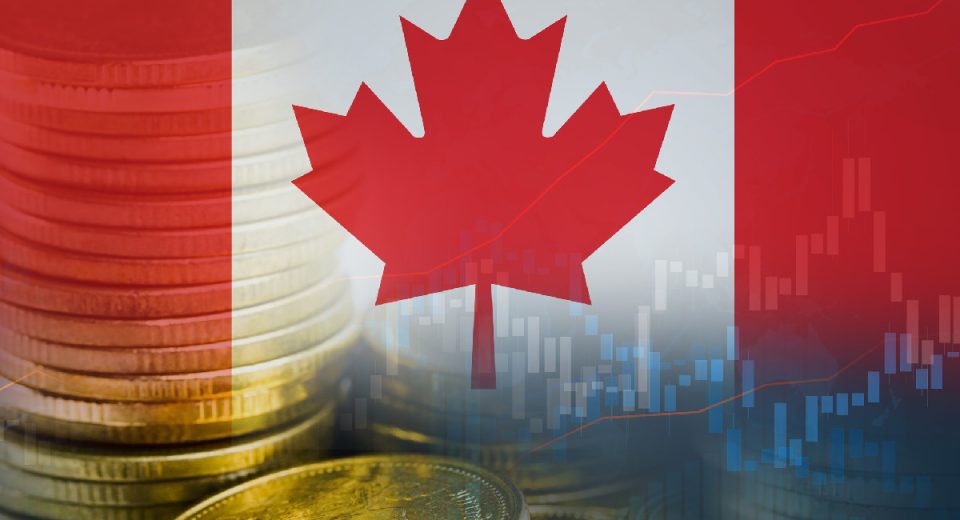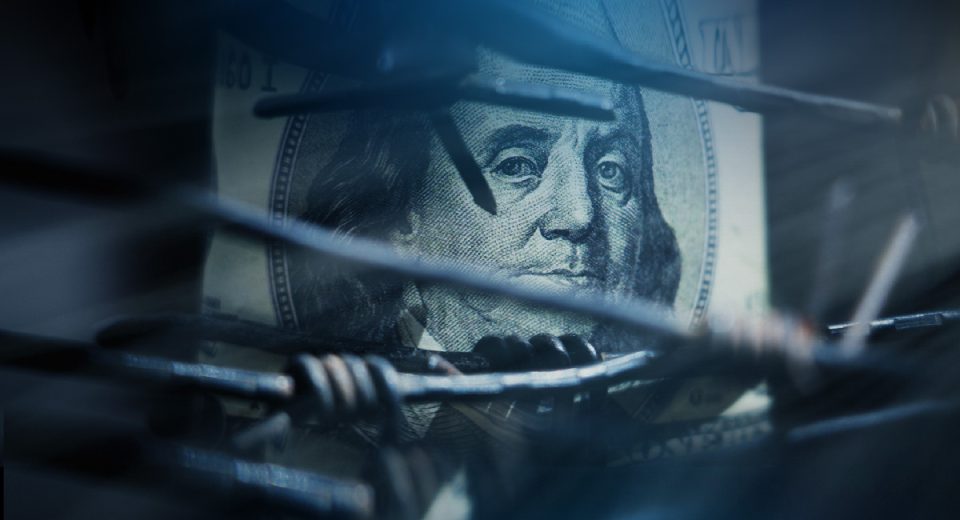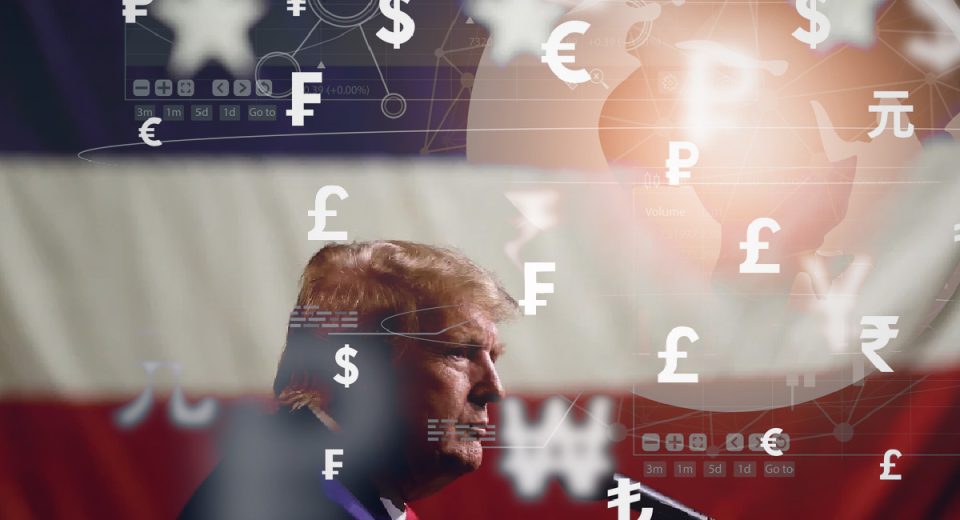How the Largest-Ever Chinese Stimulus May Impact Markets

China’s GDP growth rate has been on a downtrend since 2010, with the only exception being in 2021 when it accelerated. After 5 failed packages since 2015 and missing analyst expectations in August 2024, the Red Dragon has announced a massive economic stimulus to accelerate economic growth. This is the first time that the People’s Bank of China (PBoC) has simultaneously adopted different policy moves, including interest rate cuts, reserve requirements ratio (RRR) cuts and structural monetary reform. This desperation to stimulate the world’s second-largest economy could create a wealth of trading opportunities.
Trading the Chinese Stimulus
China is a colossal market, and its consumption drives global demand across several sectors. Some of the sectors expected to benefit from the stimulus are:
Energy
Growth in the Chinese economy has historically supported oil and gas prices. The country has driven the demand for oil and gas in the first two decades of the 21st century. However, an economic slowdown and real estate slump, combined with the adoption of EVs, weighed on oil prices. The August 2024 macroeconomic data dragged oil prices below $70 per barrel in the second week of September. However, oil prices climbed sharply, gaining 2% on the day of the August reports, later in the month, as markets expected the Chinese central bank to provide economic stimulus. This, together with the tensions in the Middle East, could keep oil markers highly volatile, which always presents the most attractive trading opportunities.
Metals
China is a manufacturing hub. The stimulus to the economy translates into higher demand for manufacturing and construction raw materials, which drives silver, iron, and copper prices. The announcement of the economic stimulus pushed silver prices to a 12-year high of $32.71 per ounce in the fourth week of September 2024. The white metal is a major component in semiconductor chips. Copper prices surged by 6% to reach $10,080 per metric tonne. Aluminium, zinc, and tin also recorded gains.
Gold is among the most popular safe havens. In view of the Middle East conflict and the rate-cut spree in the EU and the US, it is expected to trigger more buying of the yellow metal. Additionally, China is the largest buyer of gold worldwide. The timing of the announcement encouraged a positive market sentiment (following the US lowering interest rates by 50 bps), pushing the price of gold to $2,685.61 per Troy ounce. The yellow metal ended the fourth week of September 2024 with gains of 1.4%.
European Markets
China’s massive middle class spends heavily on German vehicles and machinery as well as on the European luxury sector. A boost to the economy may support the sectors driving growth across major European indices. As markets weighed the impact of Chinese stimulus, the STOXX 600 grew by 1.3% and closed at an all-time high of 525.61 points. The optimism from the Chinese stimulus supported the DAX, which added 166 points, closing 0.9% higher. The CAC 40 also gained 1.6%.
US Markets
Despite being the biggest rivals, the economics of China and the US are deeply connected by demand-supply dynamics. China is the largest manufacturer of semiconductor chips, which is the underlying driver of the AI industry. US indices also surged as the expectations of a large economic stimulus came to a realisation. While the Dow Jones index and Nasdaq grew by 0.15% and 0.14% respectively, the S&P 500 surged by 0.28%.
Asian Markets
The Chinese economy influences markets worldwide. Benchmark indices in China, Hong Kong, and Japan registered gains on September 25, 2024. The Chinese mainland benchmark, CSI surged by 4.33%, the largest one-day gain since 2020. The Hang Seng index of Hong Kong grew by 4.13% and the Japanese Nikkei added a smaller gain of 0.57%.
Forex Markets
Usually, economic stimulus weighs on the domestic currency. However, the Chinese yuan hit a 16-month high on the news. The strength in the country’s currency is expected to ripple to its trade partners, including the Eurozone (EUR), Australia (AUD) and Malaysia (MYR). The Malaysian ringgit climbed to a 34-month high as the People’s Bank of China announced the package. The “reflation trade pair,” EUR/AUD, which is considered a better gauge of market sentiments around the Chinese economy rose sharply, albeit only momentarily, before resuming its month-old downtrend. This highlighted that traders may remain indecisive, and markets continue to be volatile, till the long-term impact of the stimulus package becomes evident. Uncertainties generate trading opportunities for market participants to explore.
Risk Management is Important
The Chinese stimulus package garnered a mixed reception. While some analysts remained positive on the latest fiscal policy and the Central Bank’s monetary easing in September, others cautioned that the measures might be a case of too little, too late. This uncertain environment makes trader risk management even more crucial.
It’s important to remain abreast of market sentiment and use technical analysis to make informed decisions to tap on the most attractive trading opportunities. You may also use derivatives, like contracts for difference (CFDs), to hedge your positions and mitigate risk. This is because CFDs enable you to take advantage of both rising and declining markets. CFDs are traded on margin allowing you to enhance your market exposure. However, this amplifies potential profits and losses. Using risk management techniques, such as stop-loss, take-profit and trailing stop, is paramount when trading with CFDs.
To Sum Up
- China has introduced the biggest-ever stimulus to rekindle economic growth.
- The Chinese stimulus supports diverse industries creating a plethora of trading opportunities.
- Growth in the Chinese economy could push energy and metal prices higher.
- China is a huge export market for Europe, which can drive indices in the region higher.
- Asian and US benchmark indices also climbed on hopes of Chinese demand supporting their exports.
- The Chinese stimulus package impacts various currencies, including the yuan.
- CFDs offer opportunities in both rising and declining market.
Disclaimer
All data, information and materials are published and provided “as is” solely for informational purposes only, and is not intended nor should be considered, in any way, as investment advice, recommendations, and/or suggestions for performing any actions with financial instruments. The information and opinions presented do not take into account any particular individual’s investment objectives, financial situation or needs, and hence does not constitute as an advice or a recommendation with respect to any investment product. All investors should seek advice from certified financial advisors based on their unique situation before making any investment decisions in accordance to their personal risk appetite. Blackwell Global endeavours to ensure that the information provided is complete and correct, but make no representation as to the actuality, accuracy or completeness of the information. Information, data and opinions may change without notice and Blackwell Global is not obliged to update on the changes. The opinions and views expressed are solely those of the authors and analysts and do not necessarily represent that of Blackwell Global or its management, shareholders, and affiliates. Any projections or views of the market provided may not prove to be accurate. Past performance is not necessarily an indicative of future performance. Blackwell Global assumes no liability for any loss arising directly or indirectly from use of or reliance on such information here in contained. Reproduction of this information, in whole or in part, is not permitted.




